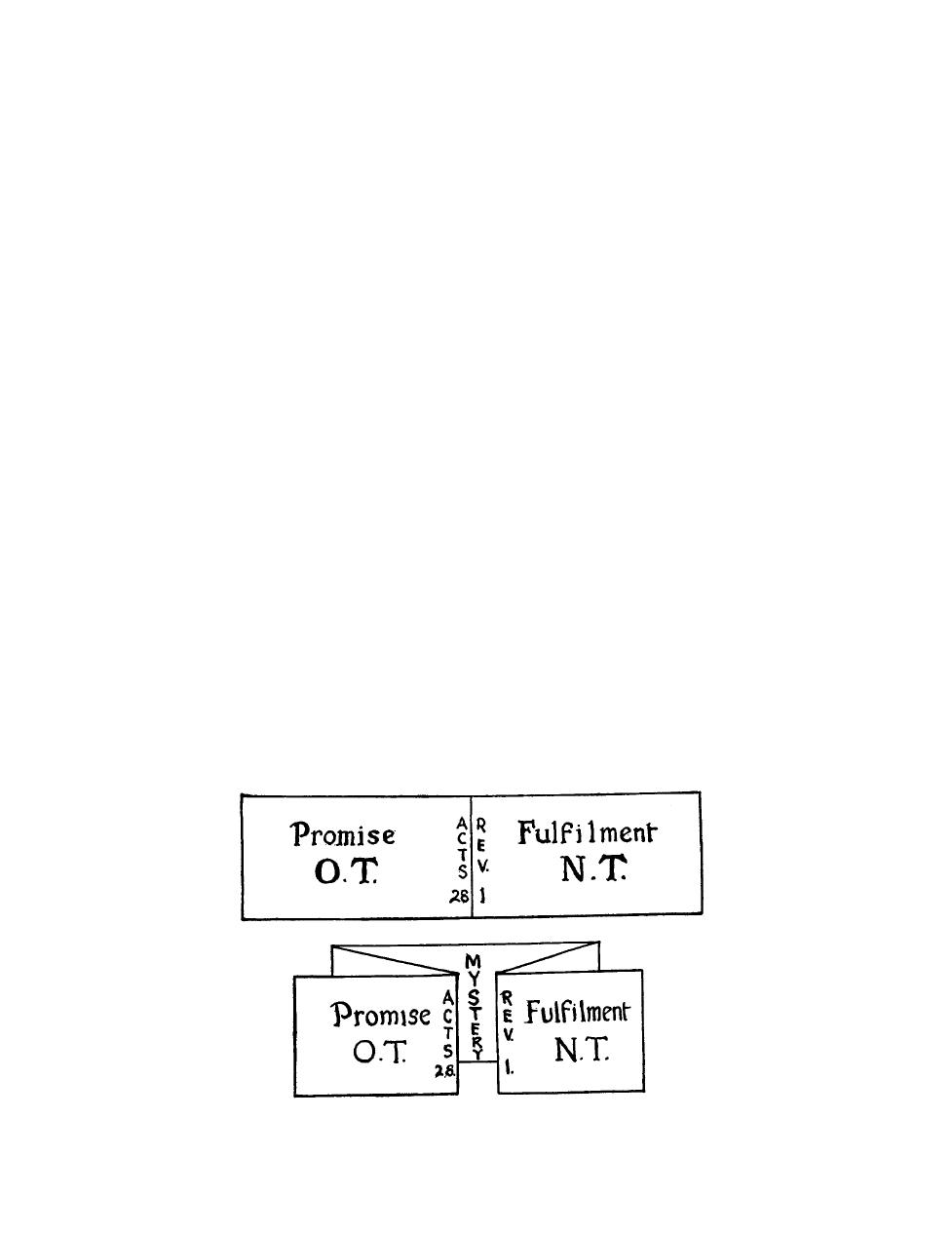
13
Scriptural proof has been given to show:
1. The dispensational place of John's Gospel.
2. Its `Calling' - Guests of the Marriage of the Lamb.
3. Its relationship to the family of faith.
(a) `children' not `sons'.
(b) No place in either of the three `adoptions'.
4. That the words of Ephesians 2:4-6 are a precious heritage of the Church of the Mystery, and find no place in the
writings of John, either in Gospel, Epistle or Revelation.
5. We have `assumed' nothing, but have provided Scriptural proof for each so-called `theory'. And here we can
confidently rest.
Some have jumped to the conclusion, that when John says, `Of His fulness have all we received' (John 1:16), that
this is the same fulness that is revealed in Ephesians and Colossians.
John, however, makes his meaning plain, for he adds `even grace over against (anti) grace', and proceeds to
explain, `For the law, (which had the type and the shadow) was given by Moses, but grace and truth (i.e. antitypical
grace, the substance not the shadow) came by Jesus Christ'.
The twelve occurrences of the name MOSES in John's Gospel alternate between this emphasis upon the `true' or
antitype, and the testimony of Moses, to Christ. The reader might be interested to work this theme out, by using the
accompanying outline:
in JOHN'S GOSPEL.
MOSES
A 1:17
The law and the truth.
B 1:45
The Christ. Moses did write.
A 3:14
As Moses. The truth (3:16).
B 5:45,46
He wrote of Me.
A 6:32
Moses gave you not the `true bread'.
B 7:19,22,23,26 The very Christ?
A 8:5
The law. The writing in the dust.
B 9:28,29
Moses or Christ !
The accompanying chart may be of interest and stimulate further comparative study (see next page).
For a positive exposition of John's Gospel the interested reader is referred to the book Life Through His Name
published by the Berean Publishing Trust.